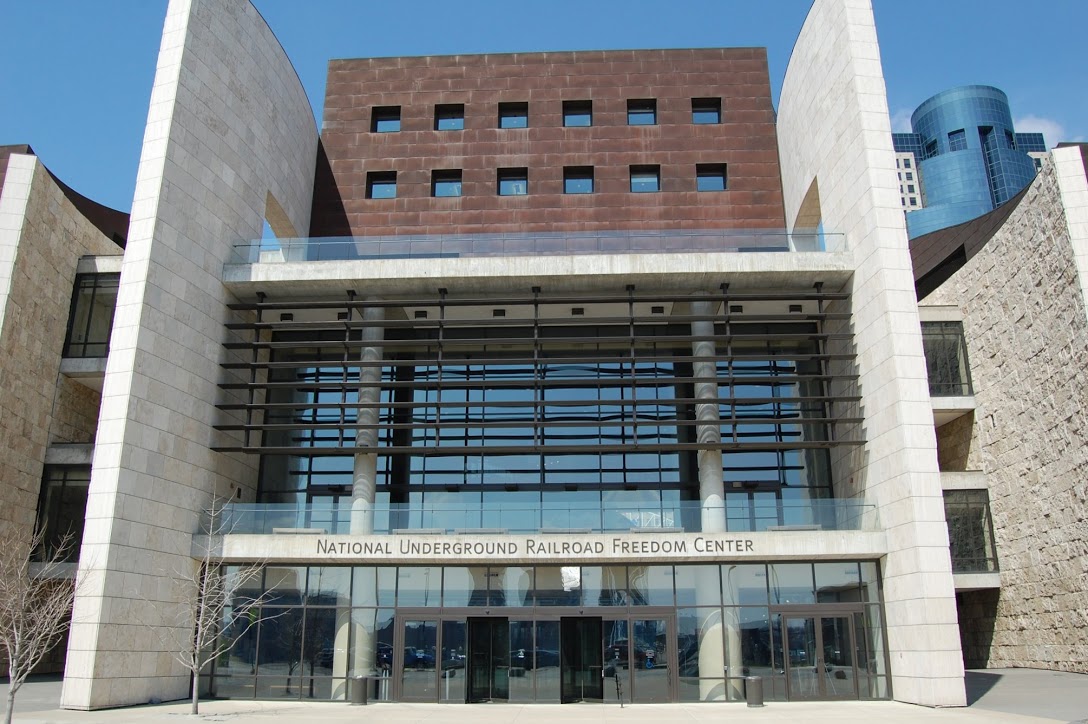Our journey begins at the National Underground Railroad Freedom Center, in Cincinnati, Ohio.
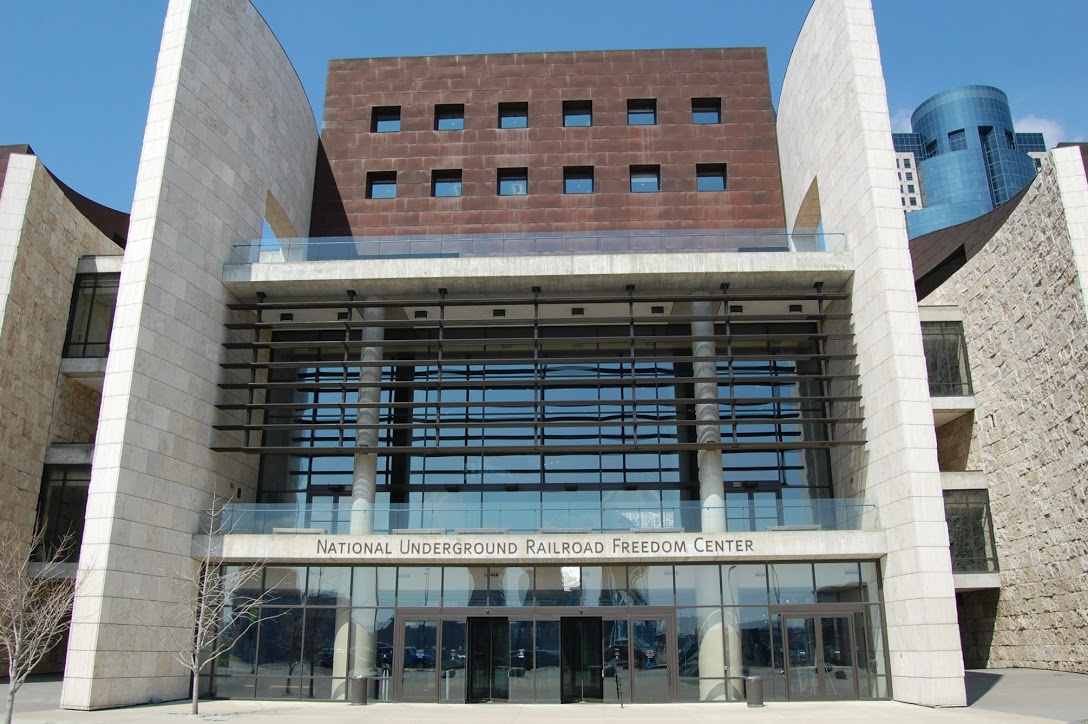
This history museum seeks, through the sharing of stories and artifacts from the 1800s, to bring to life the challenges faced and sacrifices made by individuals involved with the Underground Railroad movement.
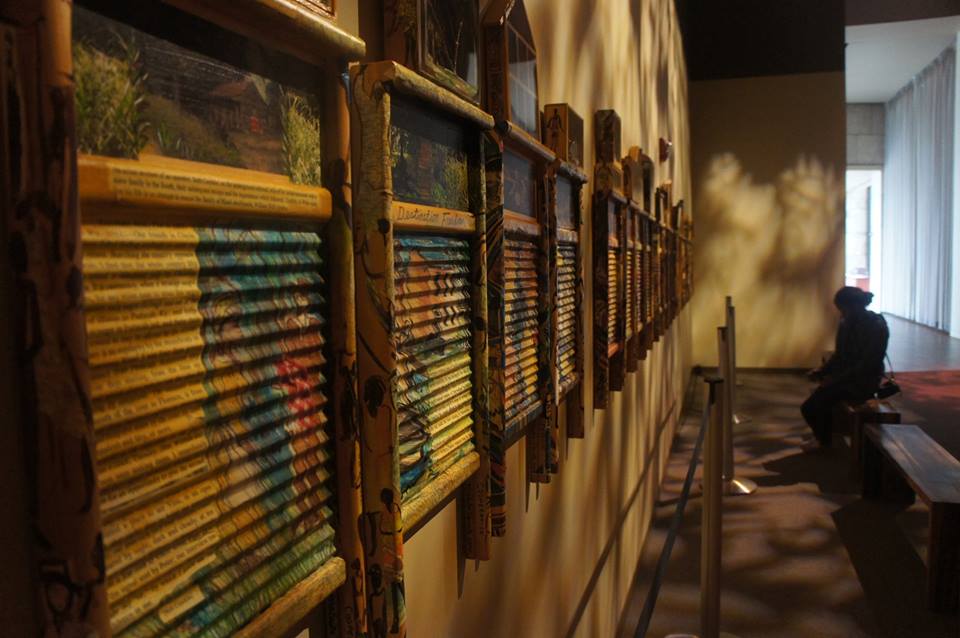
It also serves to inspire modern abolition through lessons of the Underground Railroad with today’s freedom fighters.
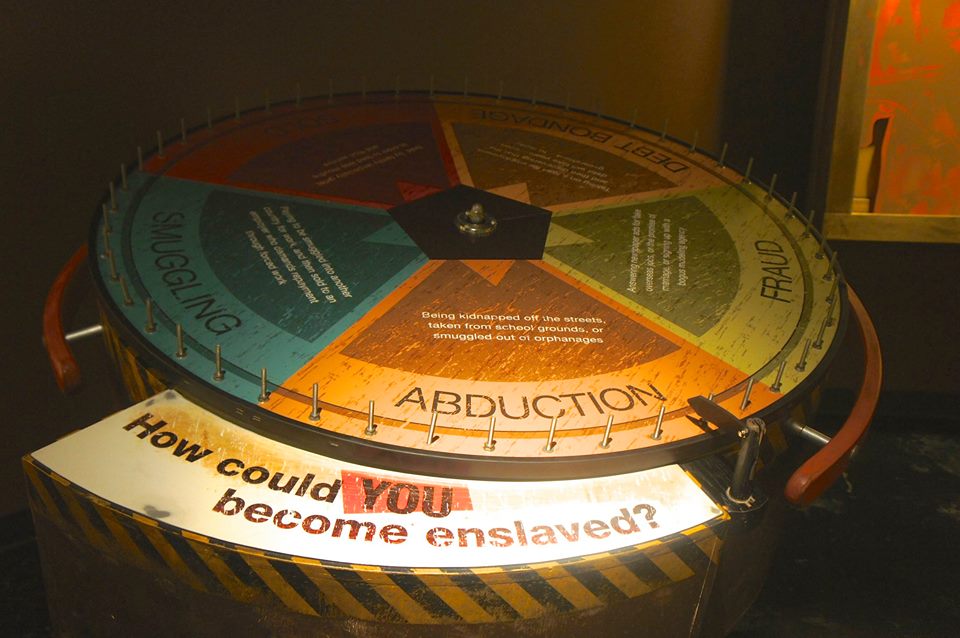
The Slave Pen
Our first stop is the National Underground Railroad Freedom Center in Cincinnati, Ohio. The museum pays tribute to the Underground Railroad movement and showcases various stories related to the Underground Railroad and the scape from slavery to freedom. But the most important piece of the museum is not about freedom but slavery; the Slave Pen.
The Slave Pen at the museum is like a two story massive log house. Moved from its original location at Maysville, Kentucky it was restored and rebuilt at the very center of the museum. Much information exists on the Slave Pen and the slave trade, but a particular recount of W. L. Bost, a former slave interviewed in 1937 at age 87, gives a clue about how cruel the slave trade was:
“Lord child, I remember when I was a little boy, ’bout ten years, the speculators come through Newton with droves of slaves. They always stay at our place. The poor critters nearly froze to death. They always come ’long on the last of December so that the niggers would be ready for sale on the first day of January. Many the time I see four or five of them chained together. They never had enough clothes on to keep a cat warm. The women never wore anything but a thin dress and a petticoat and one underwear. I’ve seen the ice balls hangin’ on to the bottom of their dresses as they ran along, jes like sheep in a pasture ’fore they are sheared. They never wore any shoes. Jes run along on the ground, all spewed up with ice. The speculators always rode on horses and drove the pore niggers. When they get cold, they make ’em run ’til they are warm again.
The speculators stayed in the hotel and put the niggers in the quarters jes like droves of hogs. All through the night I could hear them mournin’ and prayin’. I didn’t know the Lord would let people live who were so cruel. The gates were always locked and they was a guard on the outside to shoot anyone who tried to run away. Lord miss, them slaves look jes like droves of turkeys runnin’ along in front of them horses.” (http://nationalhumanitiescenter.org/pds/maai/enslavement/text1/wlbost.pdf)
The Slave Pen at the museum is a silent witness. Restored seems almost like an old house (which it apparently was), but it is too clean, too good. Probably, as never before. Only the bars at the windows and iron rings at the second floor are the traces of the human trafficking activity that existed in that place. Too painful to talk about these sites, other slave pens disappeared, but this one survived by being used as a foundation for a tobacco barn. I was thrilled with the question on how this Slave Pen survived and eventually ended in a museum. When the owner of the old barn knew about the center project, he gave a call to the organizers and told about the barn and his unexpected foundation. I wonder why the last owner of the barn did not just burn the thing! Once you know the truth about the place you felt it in a different way and understand what is at stake.
The Barn made me realize how history unfolds in layers. The fact that the Slave Pen was the foundation of a “newer” infrastructure; the Barn can show how our “modern world” is constructed around the past. The Tobacco Barn-Slave Pen can be seen as a symbol of the U.S. development. Many things are given for granted, but the foundation are build not only by sweat and sacrifice but even blood and suffering. Even today’s social behaviors are built around practices of the past. The problem with the darkest parts of the past is that we want to distance ourselves; erase every trace of his existence or relation with us. But in doing so, we might forget errors and repeat them again. That’s why these museums and centers are so important: to preserve painful experiences of our past, interpret them to understand our present and guide our purpose for the future.
Before entering the center, I was trying to understand what connections I have with these U.S. historical events. After seeing the Slave Pen and I only wonder of all the suffering it represents. Now I know that the past is living in our present society. We don’t need to dig deep to find similar rhetorics of the past. And that’s why it is so important to keep this Slave Pen; to understand what is at stake today.
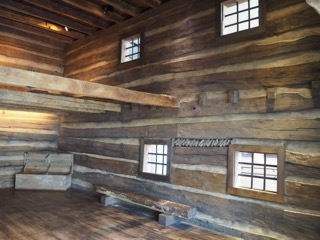
(The house used to have a second floor where males were kept chained. Iron rings can be seen in the detail picture below.)
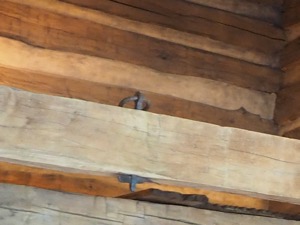
(Detail of the second floor iron rings used to secure chained slaves.)
–Ruben Urbieta, master’s student

